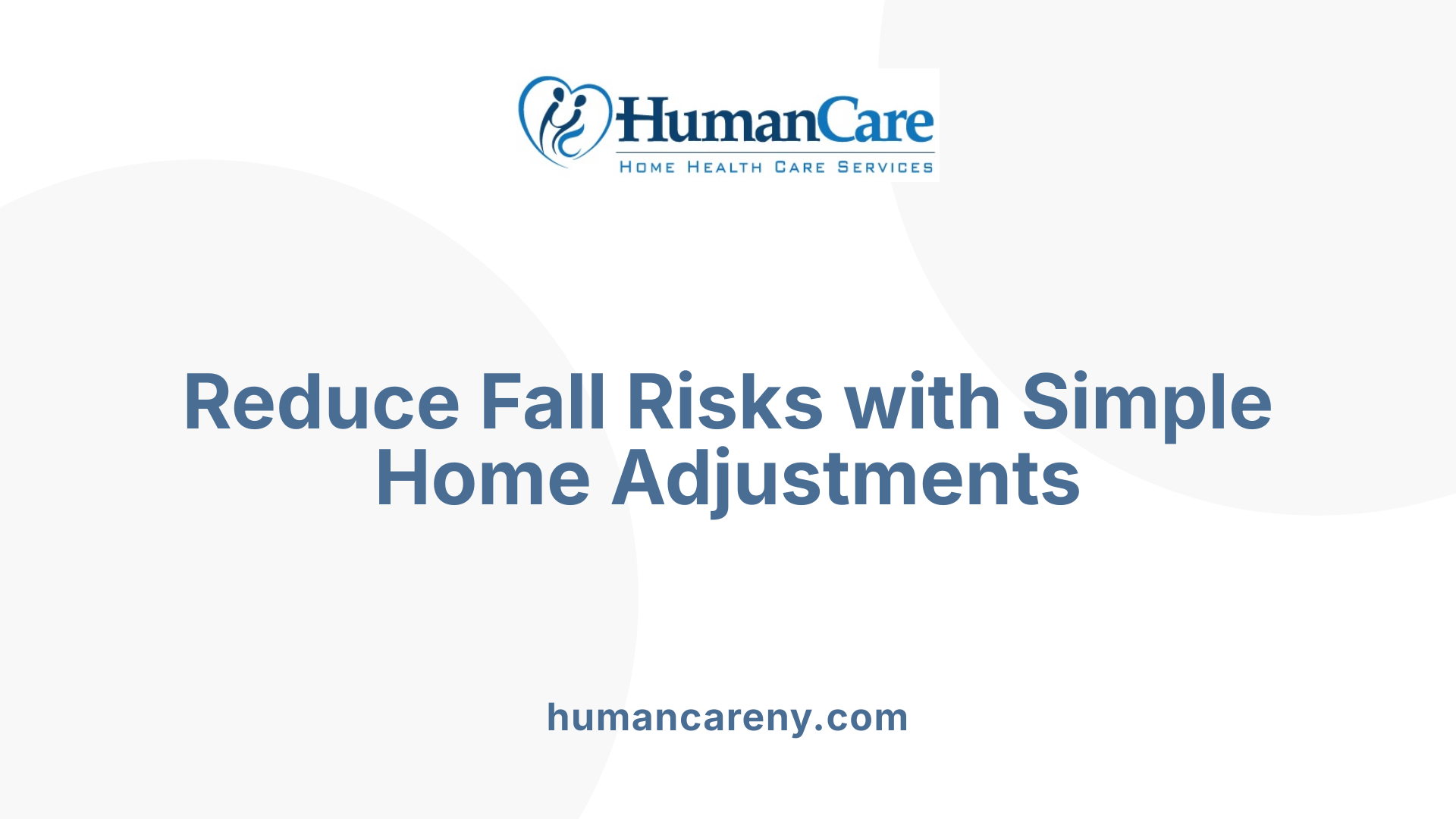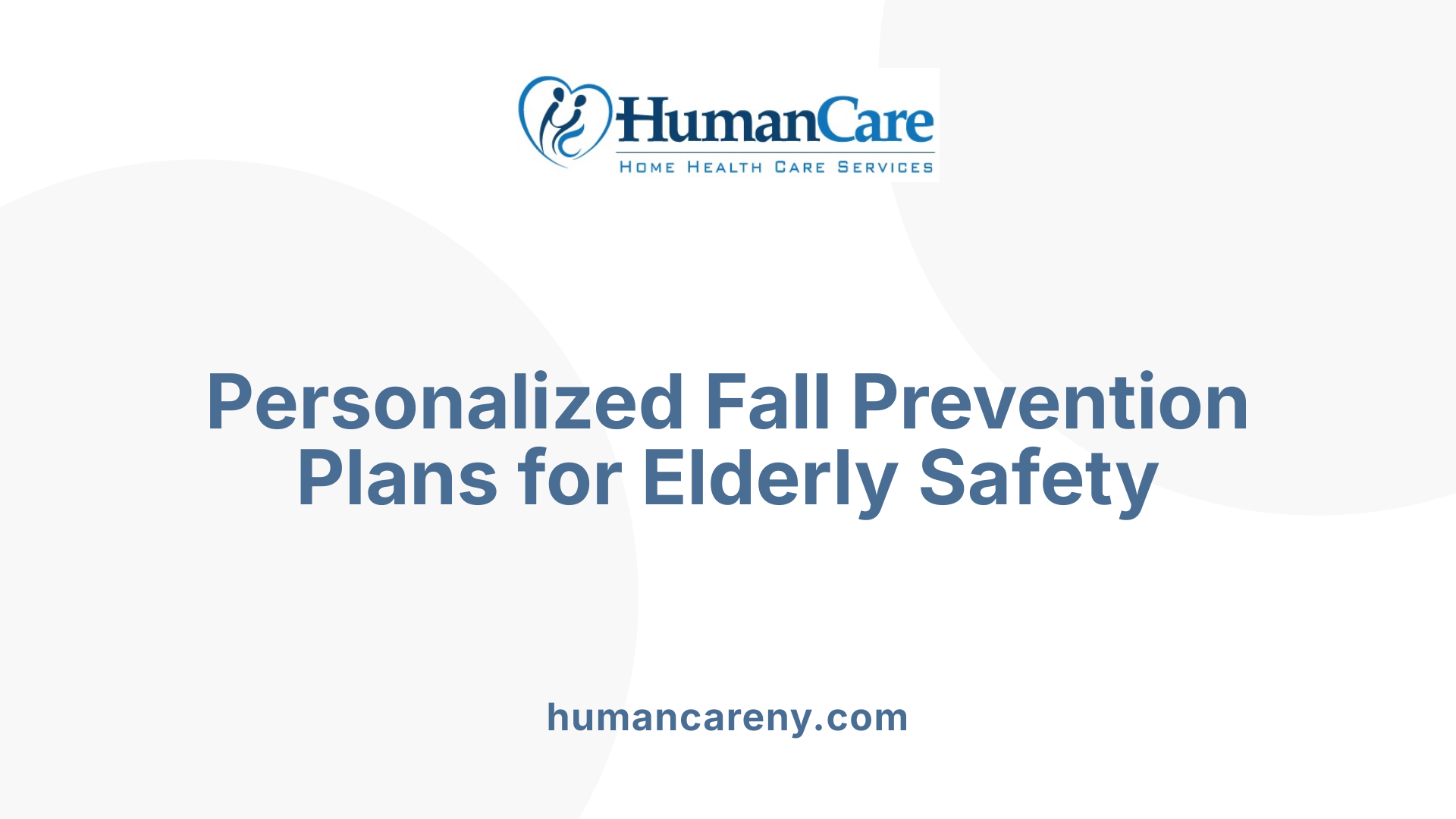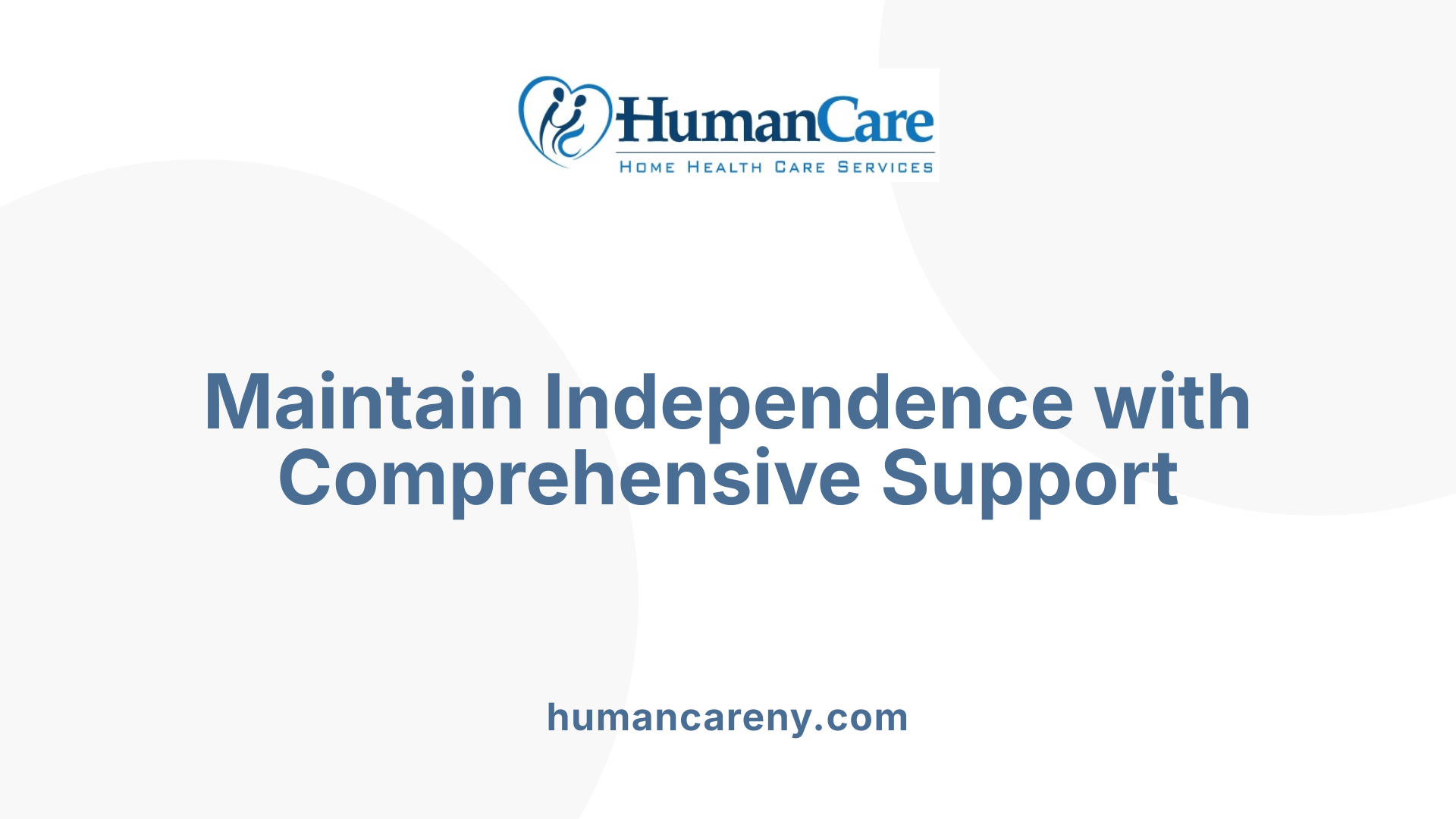The Critical Role of Homemaking in Elderly Fall Prevention
Falls represent a leading cause of injury and mortality among older adults, with many incidents occurring within the home environment. Homemaking services play a vital role in reducing fall risks by implementing targeted environmental modifications, health assessments, and personalized care strategies. This article explores how these services contribute to safer living conditions that support independence and aging in place.
Environmental Modifications as a Foundation for Fall Prevention

How do home modifications and environmental adjustments prevent falls among the elderly?
Falls are one of the leading causes of injury and accidental death among older adults, often occurring in the home environment. Implementing targeted modifications can significantly reduce this risk by addressing common hazards and creating safer living spaces.
One of the most effective strategies involves installing grab bars in key areas such as bathrooms and near stairs. Grab bars offer support and stability during movement, especially when transitioning between standing and sitting or moving on slippery surfaces. Non-slip mats and strips, particularly in bathrooms and other wet areas, further prevent slips by providing firm footing.
Flooring also plays a critical role; slip-resistant surfaces and curb-less, level thresholds minimize tripping risks. Ensuring corridors and pathways are free of clutter and that carpets are secured to the floor reduces obstacle ones that could cause falls.
Adequate lighting is vital. Night lights and motion-activated switches help illuminate dark areas like hallways, stairs, and bathrooms, making navigation safer during nighttime. These lighting enhancements reduce accidents caused by poor visibility.
Beyond indoor modifications, outdoor hazard management is equally important. Keeping walkways clear of debris, repairing uneven steps, and applying non-slip materials on outdoor stairs prevent outdoor falls.
These adjustments are often low-cost, easy to implement, and highly effective, especially when conducted by trained health professionals like occupational therapists. They assess individual living environments, identify specific hazards, and recommend appropriate modifications tailored to each person’s needs.
Involving seniors and caregivers in the modification process ensures acceptance and sustainability of safety measures. Regular reassessments and community support structures further sustain the benefits of environmental adjustments.
In conclusion, environmental modifications form a fundamental part of fall prevention, helping older adults stay independent and safe in their homes. When combined with other health and mobility strategies, these changes contribute to a significant reduction in fall-related injuries and improve overall quality of life for seniors.
The Integration of Assessments and Personal Care in Fall Prevention

What assessments and personalized care plans can help prevent falls in the elderly?
Effective fall prevention for older adults begins with comprehensive evaluations conducted by healthcare professionals. Trained specialists, such as nurses, occupational therapists, and physical therapists, assess both the environment and the individual’s health status.
These assessments typically include a detailed fall history to understand previous incidents, medication reviews to identify drugs that may cause dizziness or confusion, and physical tests like the Timed Up-and-Go (TUG) test that evaluate mobility, gait, and balance. Environmental assessments are also crucial, where hazards such as clutter, poor lighting, or uneven flooring are identified and addressed.
Based on the findings, personalized care plans are developed. These plans target specific risks such as gait and balance impairments, cognitive decline, vision problems, or environmental hazards. Interventions may include tailored exercise programs—like strength and balance training, medication adjustments, installation of grab bars, improved lighting, or foot health management.
Evidence shows that a combination of these targeted strategies, along with supplements like vitamin D, significantly reduces falls. Continuous follow-up and reassessment are vital to adapt care plans over time, addressing evolving risks and ensuring sustained safety.
The use of validated screening tools, such as the CDC’s STEADI (Stopping Elderly Accidents, Deaths, and Injuries) initiative, supports systematic identification of at-risk individuals. These tools help healthcare providers quantify fall risk based on factors like balance, gait, visual acuity, and medication use.
Ongoing monitoring—including periodic re-evaluations—ensures that care remains relevant and effective. Regular reassessment highlights new hazards, tracks progress in mobility, and identifies emerging health issues that could increase fall risk.
In summary, employing comprehensive assessments and developing personalized, evidence-based care plans—supported by tools like STEADI—are essential strategies for preventing falls and promoting safe, independent living among older adults.
Homemaking Services and Multifaceted Interventions for Fall Prevention
How can homemaking services contribute to fall prevention among the elderly?
Homemaking services play a vital role in reducing fall risks for older adults by providing comprehensive home hazard assessments and implementing safety modifications. Professionals such as occupational therapists, nurses, and home care aides thoroughly evaluate the living environment to identify hazards like cluttered spaces, poor lighting, loose rugs, or uneven flooring.
Upon assessment, these trained experts recommend and often facilitate modifications to create safer spaces. Common interventions include installing grab bars in bathrooms, non-slip mats in wet areas, securing carpets, improving lighting with night lights or motion-activated bulbs, and removing unnecessary clutter. Such measures significantly decrease the likelihood of falls, which are prevalent and often severe among the elderly.
In addition to environmental changes, homemaking services may involve assisting with mobility exercises, balance activities, and helping with daily routines. Support from these services not only enhances physical safety but also boosts confidence and independence.
Overall, the integration of tailored environmental modifications, personalized care, and educational guidance forms a robust approach to preventing falls. This approach is especially cost-effective, reducing potential healthcare costs from fall-related injuries and supporting older adults to safely age in place in their homes.
Supporting Elderly Safety and Promoting Independence through Homemaking and Supportive Care

What is the impact of homemaking or supportive care on elderly safety and fall risk management?
Homemaking and supportive care are vital in reducing fall risks and ensuring the safety of older adults living in the community. These services focus on creating safer home environments through thorough hazard assessments and strategic modifications, such as installing grab bars, improving lighting, and fixing loose carpets. By addressing environmental risks, supportive care helps prevent accidents before they happen.
In addition to environmental changes, ongoing support involves promoting mobility and balance. Exercise programs like Tai chi and strength training are often incorporated into care plans to enhance stability and reduce falls. Moreover, medication reviews and vitamin D supplementation can decrease biological factors that contribute to falls, such as muscle weakness or dizziness.
A multidisciplinary approach is essential. Physical and occupational therapists conduct personalized assessments—like comprehensive geriatric evaluations—to identify individual risks and tailor interventions. Caregivers and healthcare professionals work together to support safe, independent living rather than relying solely on restrictive measures that can diminish self-confidence or mobility.
However, it's important to balance fall prevention with the older adult's desire for independence. Excessively restrictive policies may limit mobility, leading to decreased activity and social engagement. Therefore, implementing proactive, education-centered strategies that empower seniors, support caregiver involvement, and foster positive health practices are most effective.
Overall, supportive care that combines environmental modification, health management, and strength-building exercises can significantly reduce falls and help older adults maintain their independence with confidence.
Empowering Safer Homes and Independent Aging
Effective homemaking services, supported by community programs, healthcare collaboration, and technological innovations, offer a comprehensive approach to reducing fall risk among older adults. Regular assessments, targeted environmental modifications, physical activity promotion, and caregiver education are proven strategies that enable seniors to maintain independence and live safely in their own homes. As the population ages, integrating these practices into routine care is essential for improving quality of life, reducing healthcare costs, and supporting aging in place.
References
- Home and environmental hazards modification for fall prevention ...
- Preventing Falls at Home: Room by Room | National Institute on Aging
- Home Modification Tools and Tips to Help Prevent Falls
- How Home Health Care Reduces the Risk of Falls in Seniors
- Fall-prevention program can help reduce harmful in-home falls by ...
- 5 Essential Ways Home Care Aides Prevent Falls for Elderly Patients
- Prevent Falls in Your Home - My HealtheVet
- The Importance of Fall Prevention Programs in Home Health
- Fall Prevention for Seniors at Home: How Hospice Services Can Help
- Fall Risk Mitigation at Home: A Cornerstone of Effective Aging-in ...



